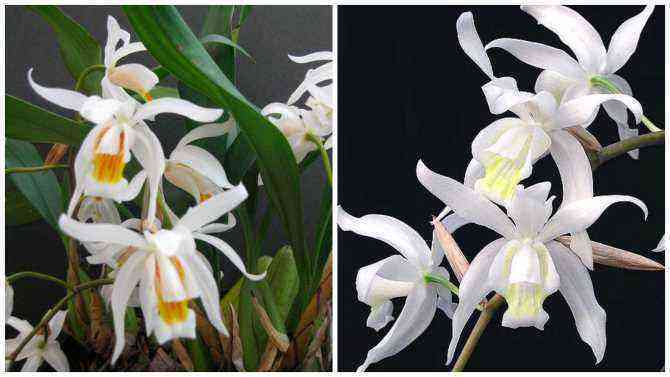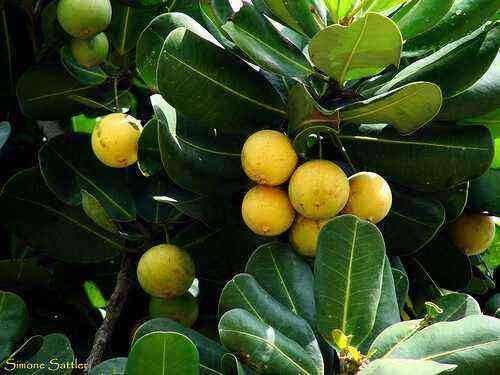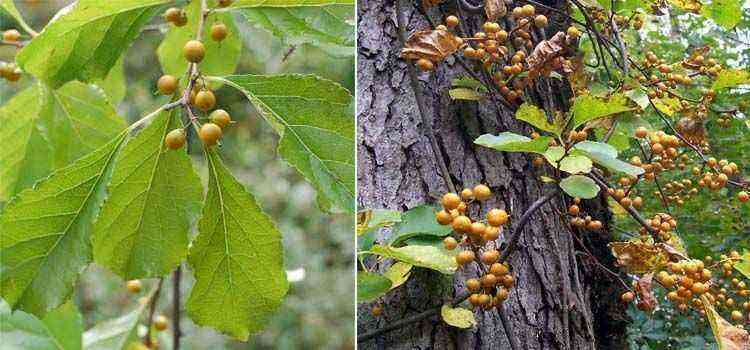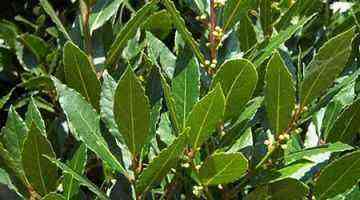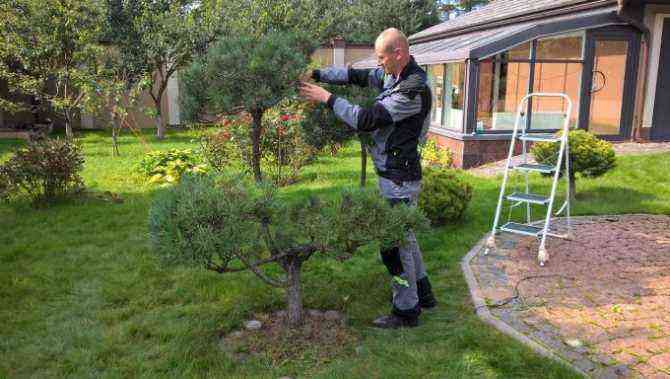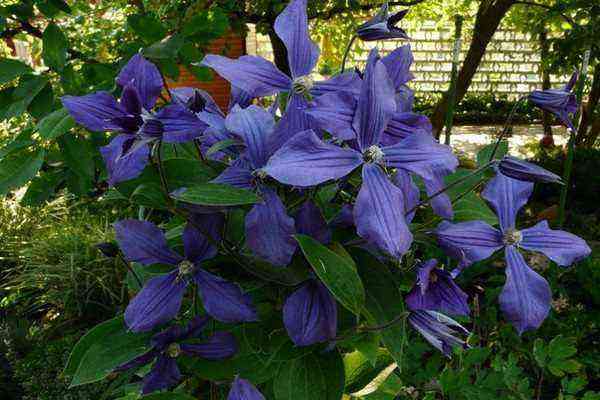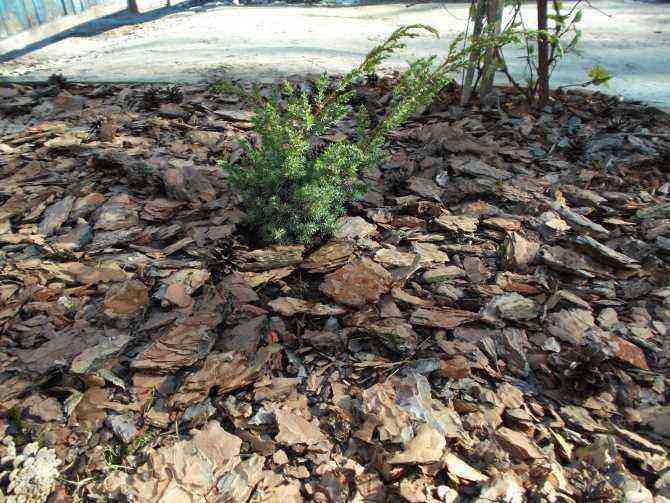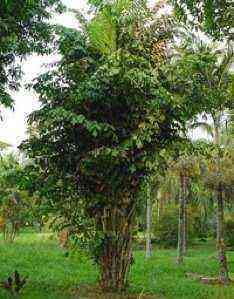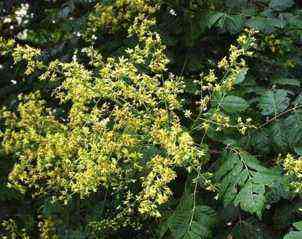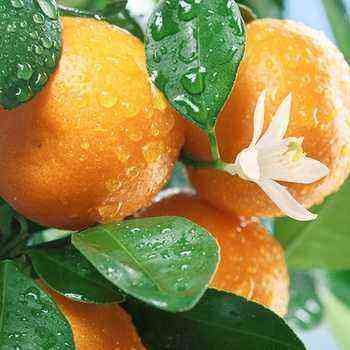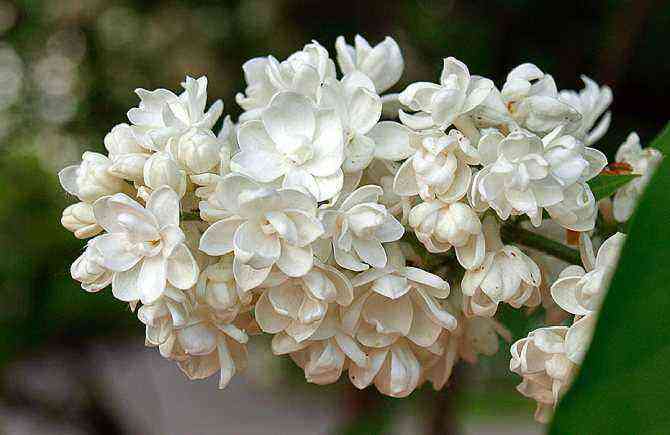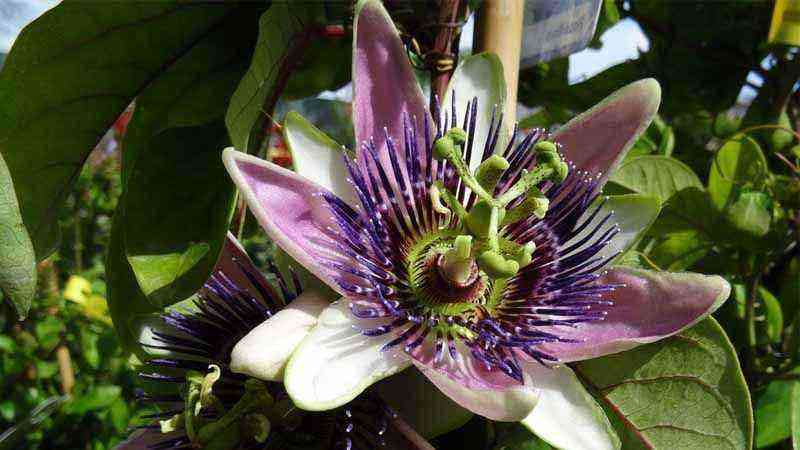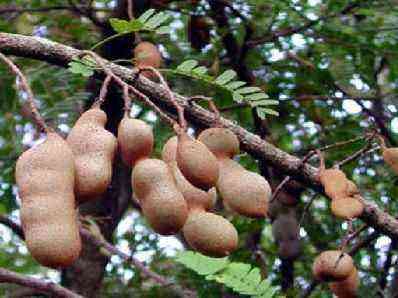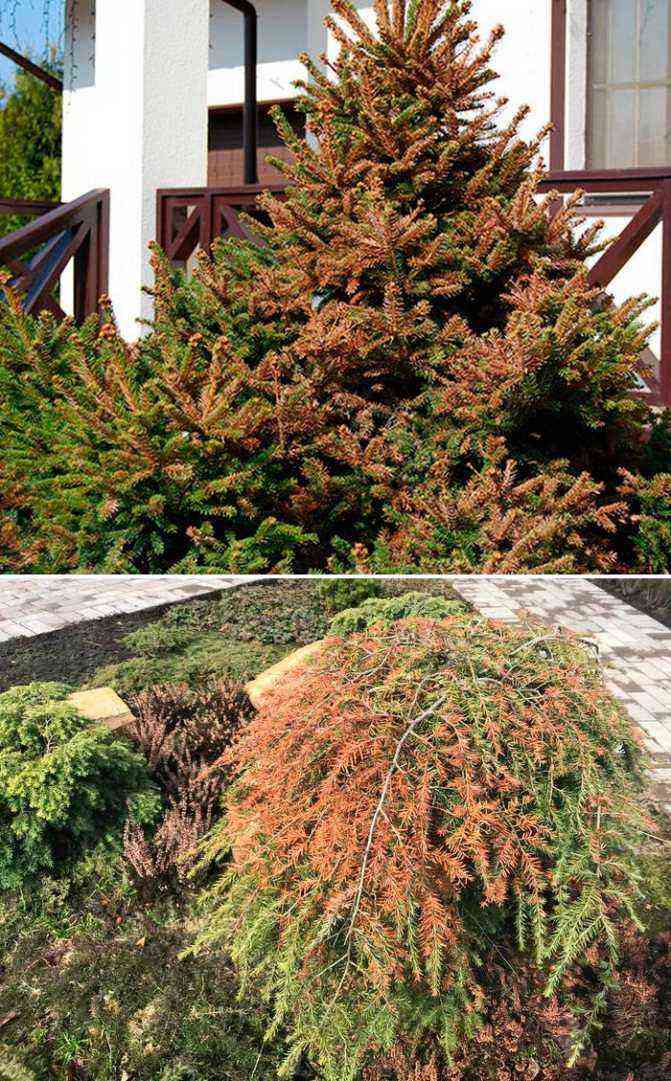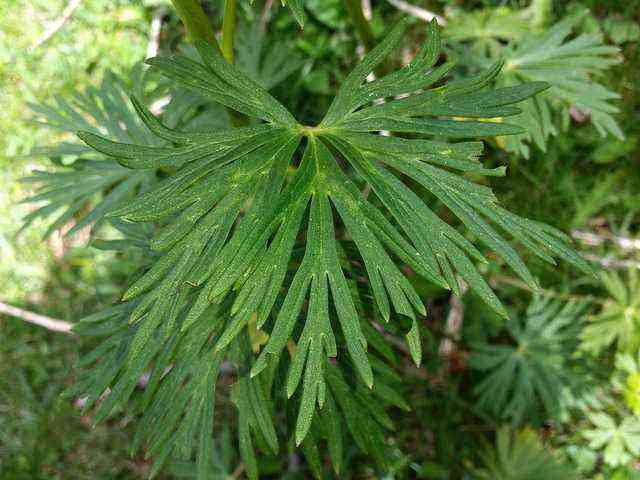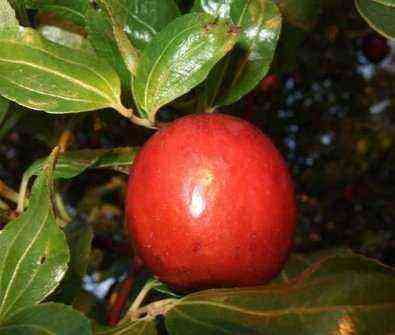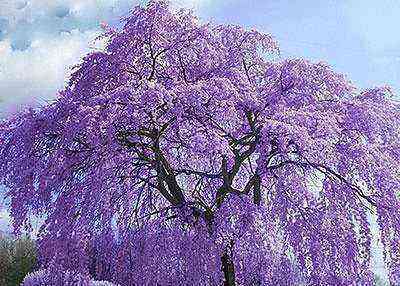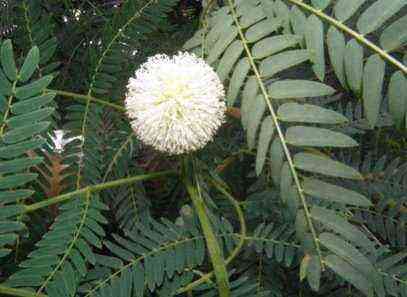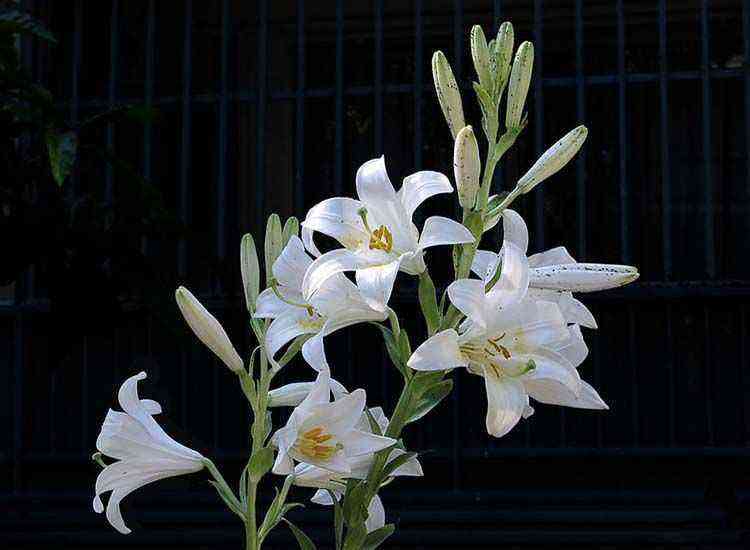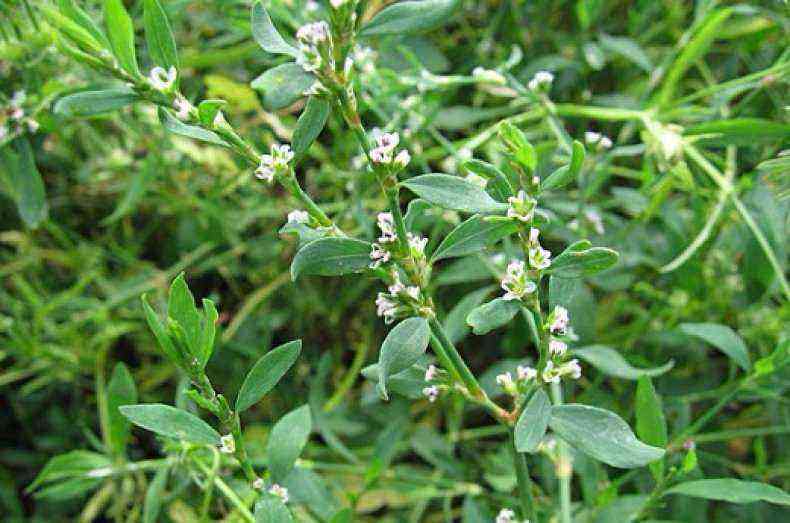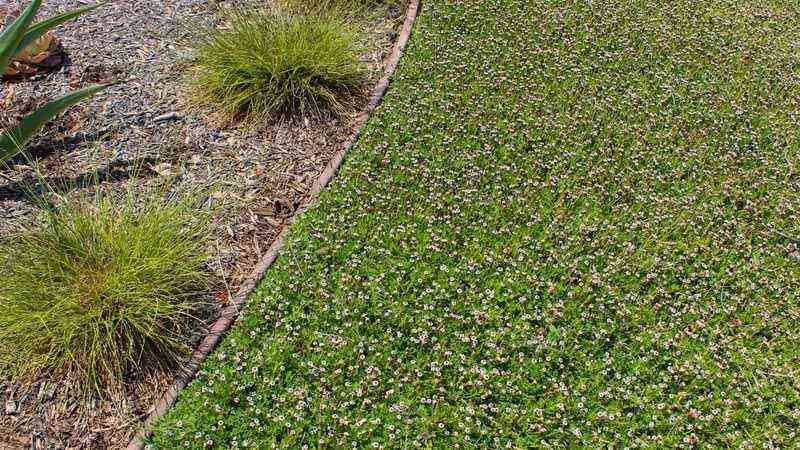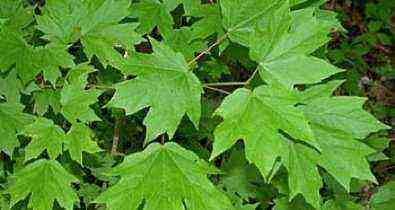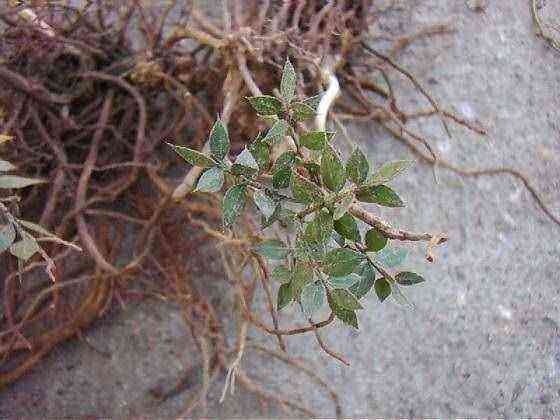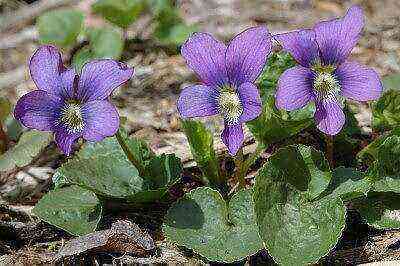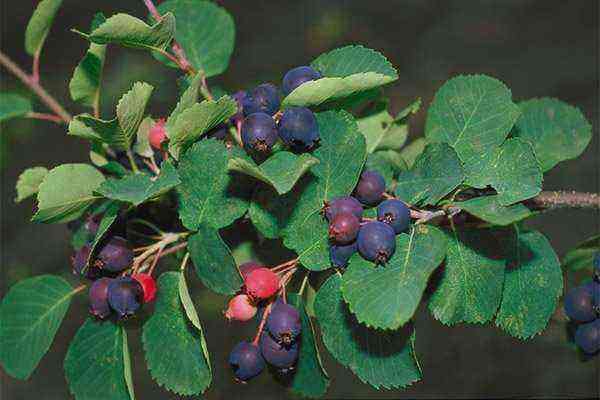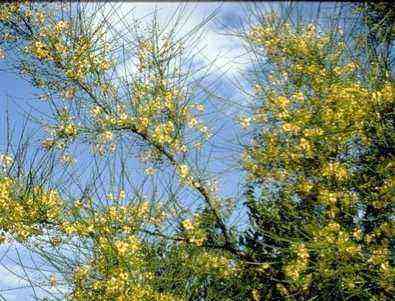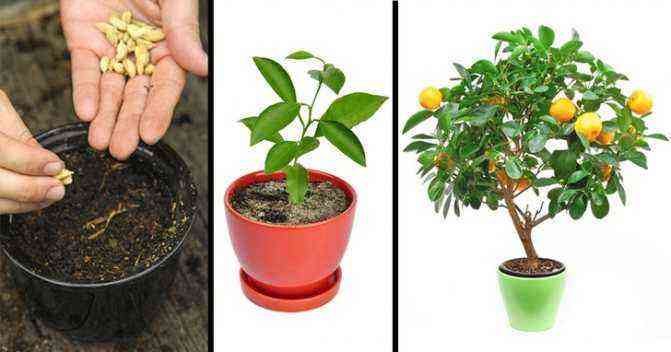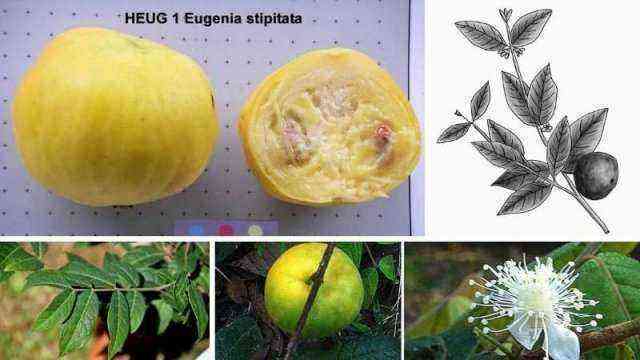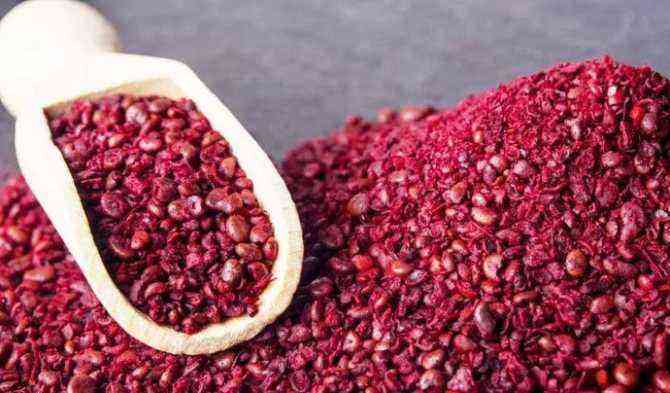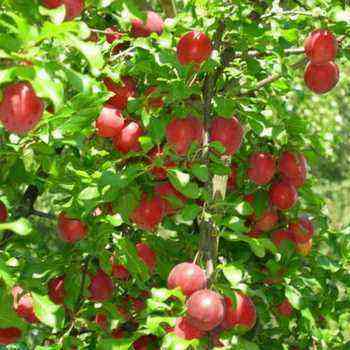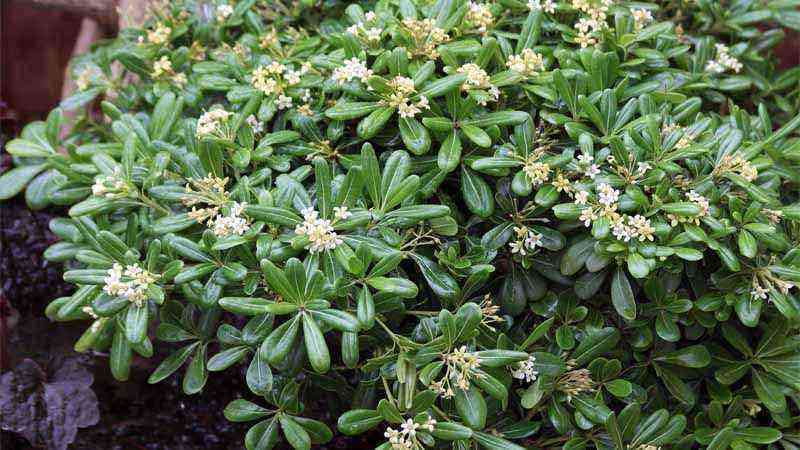Description
The genus Celogin is part of the Orchid family and has approximately 200 species. Habitat – from the Himalayas to the islands of Oceania. Among the representatives of the genus, there are miniature and tall plants. Oval or rounded pseudobulbs are either tightly pressed or spaced apart. They produce 1-2 sheets. The density, size and shape of the sheet plates are different. But the color always remains monotonous green.
Flowers in different species differ not only in size, but also in color. They are cream, yellow, green, brown, snow-white. Some orchids amaze with austere elegance of erect inflorescences. Others make you freeze with admiration at the sight of numerous falling panicles.
All Tselogin have no differences in the color of sepals and petals. But the petals are always much narrower. The large lip is decorated with growths, an ornament or a contrasting insert. Cellogines give off aromas. Smells are both very subtle and pleasant, and very specific. Flowering occurs several times a year and lasts a long time. However, when cut, almost all of these orchids wither in almost a few minutes.
Most Celogin is suitable for indoor growing. However, when choosing, it must be borne in mind that caring for cold-loving orchids is somewhat more difficult than for their tropical relatives.
Coelogyne Orchid
Coelogyne Orchid is an excellent representative of orchids. This white flower is very whimsical and requires careful maintenance. In addition to its amazing snow-white appearance, its flowers emit a delicate aroma. The forests of Southeast and South Asia, the islands of the Pacific and Indian Ocean are considered the environment of origin. The genus Tselogin has more than 120 species, the most common are:
- Coelogyne cristata (Coelogyne cristata) grows in the Himalayas at the very border of the snow. This orchid, as you might have guessed, is cold-loving. Its pseudobulbs have an elongated spherical shape no more than 5 cm long, near which there are two long leaves. The flower stalk is capable of producing up to 8 flowers with a diameter of about 10 cm. The flowering period begins in winter and ends in early spring.
- Coelogyne fimbriata grows in southern China, India, Thailand and India. This is a thermophilic and miniature plant, on the peduncle of which there are no more than 3 flowers up to 3 cm in diameter. The color of the flower is greenish-yellow, and the lip has a unique burgundy-brown pattern. The flowering period begins in August and lasts until October.
- Coelogyne speciosa was found on the islands of Java and Sumatra. It is distinguished by a short peduncle, one leaf near the pseudobulb and large yellow-green flowers. The light brown lip is dotted with white specks and red veins.
The above species are considered the least capricious among the representatives of this family and are suitable for keeping at home.
Lighting
Celogyne is a light-loving plant that will feel good on western and eastern windows. The light should be bright, but diffused, otherwise you can burn the leaves and flowers. The recommended length of daylight hours is 12-14 hours, so in the winter months it is necessary to use additional lighting. Lack of light can stop flowering.
Temperature
Optimum temperature conditions depend on the type of orchid. In the summer, regardless of the species, a suitable temperature range is from + 200C to + 250C. In winter, the cold-loving Celogin prefers a temperature of + 50C, and the thermophilic one is afraid of such cold and should not be in a room with a temperature below + 100C.
To stimulate flowering, it is necessary to keep the plant at temperatures from + 120C to + 150C for several weeks. After the appearance of the peduncle, you should not significantly increase the temperature, since it can be reborn into an ordinary sprout. The optimum temperature for flowering is not higher than + 170C.
Watering
The best watering option is considered to be immersed in a container with filtered water and once every 3-4 days. The use of hard water can cause white coating on the surface and soil salinity. During the dormant period (late spring), it is necessary to reduce the intensity of watering and make sure that the substrate dries out completely. The leaf axils must be protected from moisture due to which they can rot.
Humidity
Tselogin prefers high humidity. To maintain it at home, it is necessary to put a pallet with expanded clay and water next to the plant. If desired, you can additionally spray the plant with filtered water.
Transfer
For transplantation, you can purchase a ready-made substrate in a specialized store. It must be of a fine fraction and always with pine bark. If you collect the substrate yourself, then you need to add chopped pine bark, turf, sphagnum and root fern. It is not worth replanting the plant unnecessarily, because it is stress. If the orchid has outgrown the pot, then it is better to wait until spring or summer. Before transplanting, be sure to prune old roots and treat the sections with activated charcoal.
At the bottom of the pot, a drainage layer of pebbles, expanded clay or clay shards must be poured. Then a layer of substrate is poured, the plant itself is placed, again a layer of substrate and sphagnum. As with transplanting other types of orchids, never tamp the soil. After transplanting, you should refrain from watering for 2-3 days.
Diseases and pests
The most common pest is the spider mite. If you find it, then isolate the infected plant and rinse it thoroughly under a warm shower. This event can be repeated several times until the tick disappears completely. Whiteflies and aphids also took a fancy to Tselogin.
The most common diseases are fungal diseases, which, if diagnosed early, can be easily cured with fungicides.
Cultivation
Celogyne can be grown in pots and hanging baskets. In containers, regardless of the material of manufacture, there must be holes in the walls and bottom. In addition, a drainage layer is required.
Tselogin is experiencing a difficult transplant. Therefore, the plant is really transplanted in exceptional cases, when there is no free space in the container or when the soil mixture is decomposing. In a new pot, the peeled roots are carefully laid and covered with a substrate, leaving pseudobulbs on the surface.
Healthy, well-grown orchids are suitable for reproduction. When dividing a bush, it is important to leave at least 3-4 pseudobulbs for each new plant. Before the procedure, it is worth weighing the pros and cons. Especially considering that one of the possible consequences of reproduction is Celogin’s refusal to bloom.
Reproduction of cellogin at home
In nurseries, breeders of many orchids, including cellogyne, are propagated generatively. The seeds need special processing and germination in flasks at a constant temperature and humidity.
At home, new plants are obtained exclusively vegetatively – by dividing the bush. Cut off the rhizoma with a scalpel or a sharp disinfected knife, treat the cut sites with activated carbon powder. Each division must consist of at least 3 healthy pseudobulbs. Plant directly into orchid substrate.
First steps after purchase
When transporting Celogin, it must be borne in mind that breaking a peduncle or a leaf is not as dangerous as damage to the roots. The plant will surely return the lost decorativeness. But the restoration of the root system does not always end successfully.
The place where the flower will live must be determined in advance. This approach will save Tselogin from unnecessary movements, to which she reacts extremely negatively. For the period of acclimatization, it is important to provide the plant with a gentle regime: partial shade, coolness, poor watering.
Diseases and pests
To diseases and pests Cetogin stable enough. But with constant violation of the rules for caring for the plant, signs of non-infectious diseases may appear.
This is especially true for the appearance of the bulbs, which shrink and look sluggish with insufficient watering and high dry air. Against this background, a shield may appear, from which you can protect yourself with drugs of biological or chemical origin.
For the most curious, we suggest that you familiarize yourself with the video about cellogin
Secrets of success
All Celogyns are photophilous. The “origin” of lighting (natural or artificial) is of no fundamental importance. Direct sunlight is harmful to the decorativeness and health of the plant. Light shading helps to solve the problem.
There is no single temperature regime for Tselogin. Orchids that have got into indoor floriculture from high mountain regions prefer coolness. The flowers that grow off the coast love the warmth. Winter cooling is needed both by species that have a dormant period and those that do without it. Otherwise, the orchids will not bloom. But we must not forget that hypothermia leads to the death of the plant.
Celogin is watered abundantly only during active growth. The procedure implies compliance with several rules. Use boiled or, in extreme cases, settled water. Moisture should only get on the substrate, bypassing leaves, stems, pseudobulbs. Time should pass between waterings for the soil to dry out. From spring to autumn, Celogin is fed with fertilizer for orchids. In order not to overfeed the plant, the concentration of the solution should be reduced.
Due to the dry air, the leaves of orchids turn yellow, and the growth of the plant slows down. You will not need any special tricks to create favorable conditions: it is enough to install the pot in a pallet and from time to time carry out finely dispersed air spraying. Regular ventilation is the best way to prevent bacterial and fungal infections. At the same time, drafts are absolutely unacceptable.
Caring for cellogin at home
How to water
During the growing season, it is necessary to water the plant abundantly by completely immersing the roots with soil in the water. Celogyne is grown in special containers with a suitable substrate for it. Water flows freely through it and flows down and then the flower is returned to its original place. During rest, water should be done after the soil mixture has completely dried, replacing the immersion with regular watering.
Air humidity
High humidity is necessary for cellogyne during the periods of leaf growth and flowering. In the morning and evening, the plant should be sprayed over the leaves with a fine spray. From time to time, place the pot on a pallet with damp moss, pebbles, expanded clay. In the resting phase, the air can be drier, it is enough to put a decorative fountain, an aquarium or an ordinary container with water next to it.
To avoid salinization of the soil and the appearance of plaque or stains on the leaves, take purified water for irrigation and spraying (thawed, rain, filtered or settled for at least two days). Its temperature should be room temperature.
Feeding
During the rest period, celogyne rests from dressing. When growing leaves, apply fertilizer for orchids every 7 days. At the flowering stage, the interval between procedures increases to 1 month. Fertilizer diluted with water is poured through the substrate or sprayed on the leaves, it is better to alternate methods.
